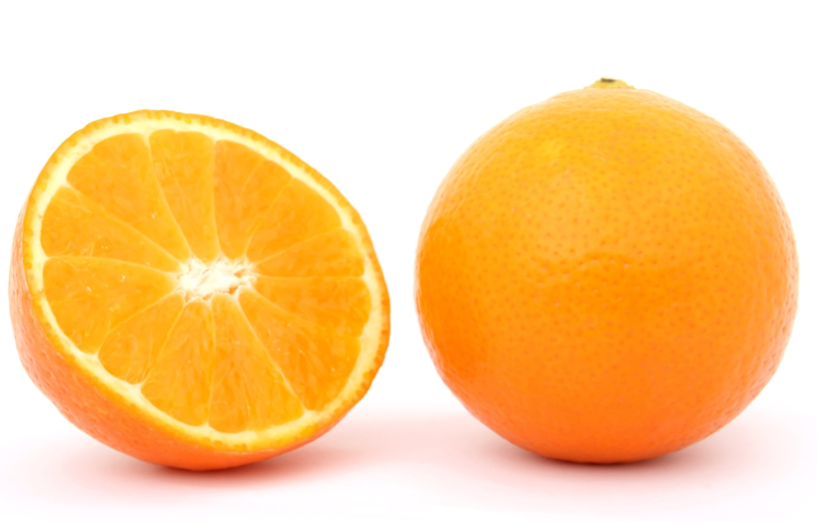Understanding Commodity Supply & Demand Is Understanding Opportunity
Commodity /ˈkuh·maa·duh·teeˈ/ noun: a raw material or primary agricultural product that can be bought and sold, such as copper or coffee
Remember last year when the price of eggs made you wonder if you were paying for the golden ovum produced by Willy Wonka’s geese?
The breakfast mainstay got a lot more expensive in 2022.
Usurpingly, while those prices hurt consumers, they helped producers. Enormously.
Cal-Maine Foods (CALM), the largest egg producer in America, saw quarterly profits grow from $39 million in Q1 2022 to $320 million in Q1 2023.
Its stock rose 75%.
But despite omelets costing more for all of us last year, those who acted upon the surge in egg prices were able to soften the blow.
Understanding Commodity Supply & Demand
From crude oil and soybeans to gold and cattle, commodities are valued and traded no differently than stocks and Treasurys.
Commodity prices generally rise and fall alongside inflation. However, there are always exceptions, as innumerable factors beyond inflation can impact prices:
- Last year, when new government incentives began promoting mass adoption of electric vehicles, the price of lithium hit its all-time high.
- In February 2022, when Russia invaded Ukraine (a.k.a. Europe’s breadbasket), the price of wheat hit its all-time high.
- And in 2021 at the start of the pandemic-fueled housing boom, lumber hit its all-time high.
Sites like TradingEconomics constantly update those prices, making it easy for you to see which are performing well or performing poorly.
And understanding how factors beyond inflation contribute to supply-demand disruptions is integral to identifying opportunities in commodity-leveraged investments.
The Juice Is Loose
Orange juice is a current example.
The price of the mimosa-integral ingredient has seen a year-over-year gain of +96%, which has grocery shoppers and the brunch crowd bitching in unison. And rightly so.
Why? Not inflation. Not supply chain issues. But disease.
This month, orange juice futures reached record highs because citrus greening — a bacterial disease — has infected crops in Brazil (the world’s largest producer) and Florida (America’s largest producer).
So far this year, Brazil’s orange juice exports have totaled 776k tons more than all of 2022.
But that’s about to change.
As citrus greening continues to ruin crops, it’s expected that Brazil will import 1.7% less orange juice to America, meaning the U.S. will have to rely more heavily on its own orange crop … which is also suffering from citrus greening.
TL;DR
From exchange-traded funds (ETFs) and stocks to trading futures, there are many ways to invest in high-demand commodities. In next week’s issue of The Big Idea, we’ll share a few ideas … including one play on orange juice.

